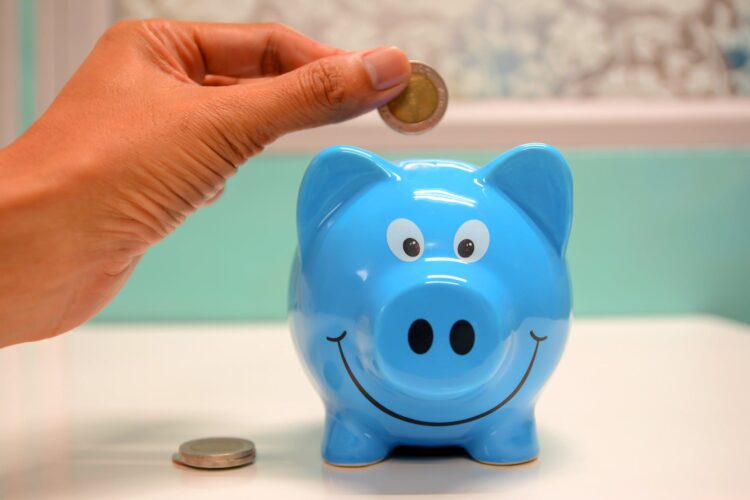Too many people today don’t have an emergency fund or a savings account. Your emergency fund is the safety net in the event you get sick, lose your job, have unexpected car repairs, medical expense, etc. General guidelines you’ll hear from financial planners as to how much you should sock away into your emergency funds varies from 3 to 12 months of your monthly living expenses. Personally, I find the happy medium to be 6 to 9 months of your monthly living expenses, but ultimately the decision is yours based on your level of security. Before you start, you have to make sure you have created a balanced monthly spending budget in order to pay your bills and necessary expenses. This monthly budget will be your base for setting and attaining your emergency fund goal.
I’ve talked earlier about paying yourself first, and your emergency fund is the first place to start. Your emergency funds should be readily accessible, but not so readily accessible that you will be tempted to make withdrawals for everyday spending. Online banks could be a good place to stash away that money for those “rainy days”. You shouldn’t be so concerned with the rate of return on your money here, but concerned more with the fact that it’s safe from you getting your hands on it until it’s absolutely needed for financial emergency/crisis purposes. Although, shopping around for a high interest account to “park” your money into never hurts! Just make sure to find out and be aware of any minimum balance fees, withdrawal fees, penalties, etc. before making your decision.
There are different ways to go about deciding how much to contribute to your emergency funds depending on what works for you. For example, you could start off with a set amount of at least $10 to $20 a month and make a point to contribute more when you can. You could set it up as an automatic deduction from your paycheck or set it aside manually if you’re disciplined enough.
If you’re able to be more aggressive with the amount you’re able to save, another method would be to save 10% of your monthly expenses or more aggressive yet, 10% of your earnings. Whatever the amount or method you’re able to do, the important thing is to DO IT! Make it a habit, make it consistent.
Replace every dollar that comes out if you have to dip into it. Start with a 3-to-6-month goal. Once you’ve reached that, go for a 6-to-9-month goal, until you reach your target. Once you’ve reached your maximum target, it doesn’t stop there.
That habit of saving for your emergency funds will serve you well to save for investing later. Don’t let life events or unexpected expenses control you financially. Get control over your money, so your money doesn’t have control over you!
Before you go, I want to invite you to join my FREE email list community. By signing up today, you’ll get notifications of my latest posts. Plus, access to my FREE Resources Library. Click Here to sign up!

